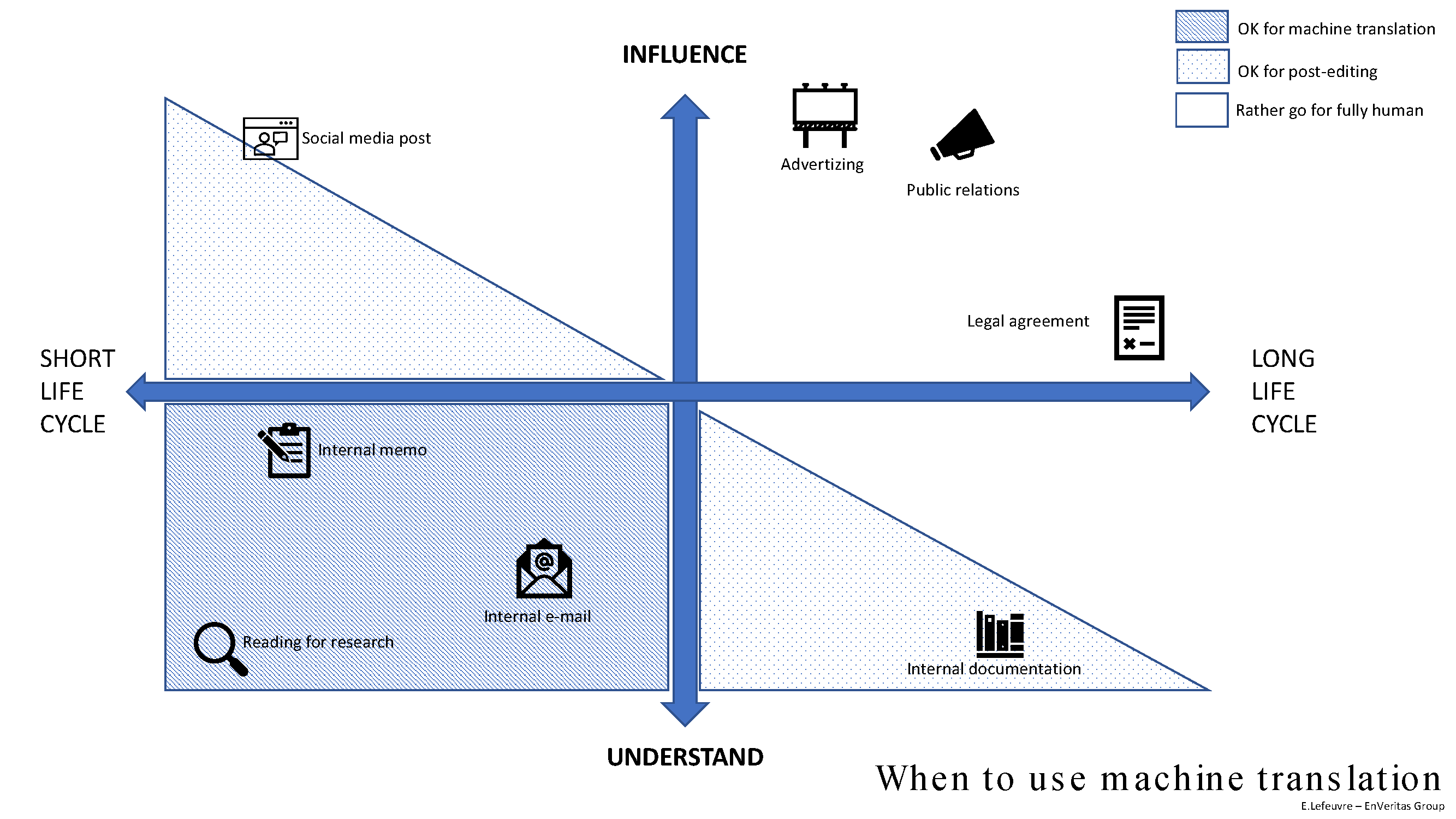Tips to Get Started on a Successful Website Design
I have spent enough time in the digital marketing industry to see just how many different viewpoints there are on website design. Dealing with the different pieces and parts, as well as the differing opinions of people involved in the process can be tedious and frustrating. So I decided to write this article to offer some help as you work through it all. Here are some tips that can make toiling through this process a whole lot easier.
Dealing with the different pieces and parts, as well as the differing opinions of people involved in the process can be tedious and frustrating. So I decided to write this article to offer some help as you work through it all. Here are some tips that can make toiling through this process a whole lot easier.
Have a Page Concept
Each page should be planned out to match the style and voice of your business. Do this ahead of time and come to a consensus before getting started. Your choices should match the purpose and objective of your website and should represents the overall voice of your company, not just the vision of the designer. While each page will have a slightly different purpose (i.e. collecting contact info vs. disseminating information), the overall purpose of each page should support the overall objectives of the website.
Think about a business that sells pens. A page that talks about the pens might simply need to have images of each pen style, accompanied by descriptions. Do you really need to have long, drawn-out text included with each image of a pen. We all know what pens do, right? Just add a few lines of descriptive text about any differentiating features and you can leave it at that.
On the flip side, if you are selling complex software, more explanation may be necessary. You may need to really dig down deep and develop content that is detailed enough to get the point across, while being in a language that the average reader can understand. To make sure your page fits this criteria, hold meetings to determine what your website is about, what types of content different pages should include and what types of concept art each page might require to develop a unified message.
Headings
Many site visitors make a decision within the first two seconds that they are on your site as to whether he or she likes what they’re seeing. Even if you have the best, most well-developed content in the world on your website, if the heading on the page doesn’t grab the visitor’s attention, it’s highly likely that they won’t read any further. In order to avoid this, craft catchy headlines that draw in the reader and also explain (briefly) to what to expect.
Smart Use of Menus
Think of the average user who lands on your website. Do they have all the time in the world to figure out your menu configuration and find the two or three pages they are seeking out of the hundreds that exist on your website? If your site visitors have to scroll all around your site and test out a bunch of different links before find the content they are seeking, do you think they’ll stick around, or do you think they’ll end up on the site of your competitors, making their purchases with them instead? Menus should be placed in a highly visible position. No one wants to search for the menu. Then, once they’ve found the menu, they need to be intuitive. Don’t name a menu something that doesn’t make sense to the reader. If you are linking to the contact page, something like “talk to us” or “contact us” is great. However, if you name it something more obscure, the meaning may get lost and the visitor may not click.
Images
Visual appeal is important in the design of any website. The look of the page is enhanced if your use of images is smart and visually appealing, and the meaning you associate with your business and website is more clear if there is cohesion between the images you use and the text on the pages. It’s important to have your graphic designer involved in the process of our site design. While they may not be writing the code and laying out the pages, they will be helpful in guiding the website designer to develop a visually appealing site. You need to ensure that you use a mixture of media, text and images to convey your business’ message and purpose back to the user. Always go for original content in images because it just adds more credibility to your website.
Conclusion
At the end of the day you will receive all sorts of feedback regarding your layout. So just remember to filter the relevant content within the feedback and adjust the site accordingly. You don’t have to listen to everything that everyone suggests, but make sure you don’t miss out on the important, helpful thoughts.
What other tips and tricks do you use when designing a website? We’d love to read about them in the comments below.
Click here to read other advice from Mahnoor Mirza.
Mahnoor Mirza – Content Manager at PSD Center



